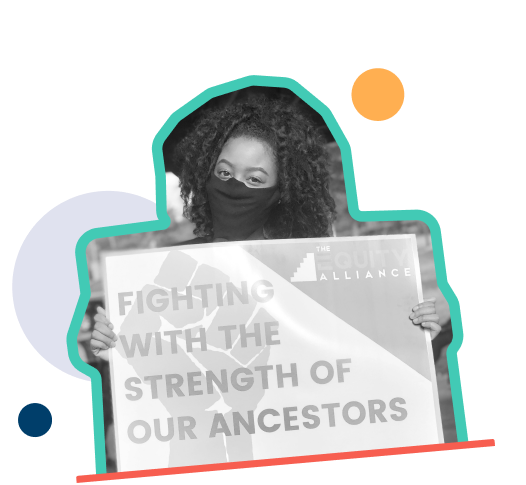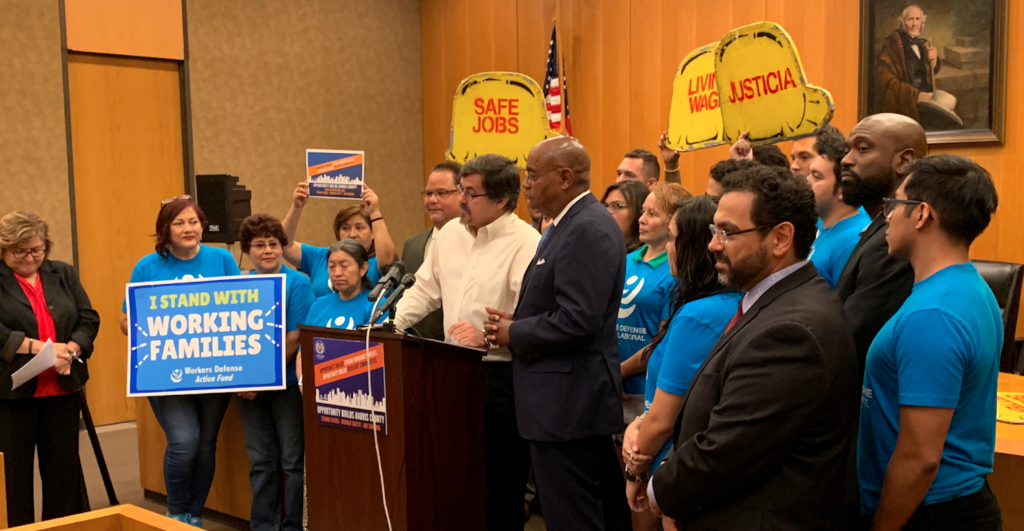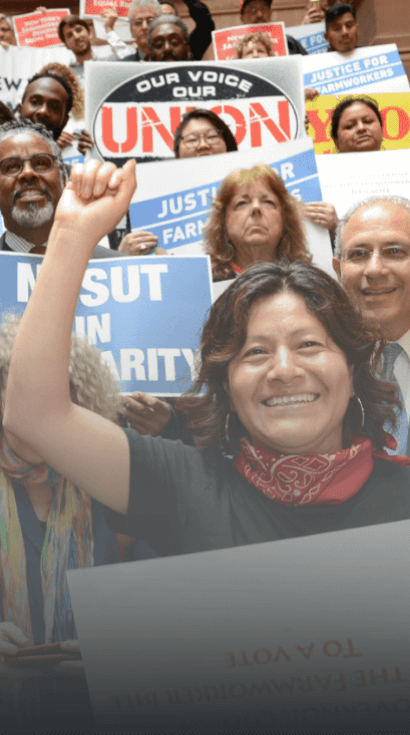Reports
Roots Revealed: Spotlighting Rural Grassroots Models of Work that are Critical to a Multiracial Democratic Future
Developed by Biz Ghormley, Lindsay Ryder, and Stephan Oak, designed by Karla Flemming In the months leading up to the 2024 election, the Integrated Rural Strategies Group set out to create a resource that would – regardless of the election’s outcomes – serve as a guide and framework for action for philanthropy. We knew that…
Read MoreBuilding Collectively: 4 Takeaways from Movement-Led Community Ownership Models
Developed by Chimene Okere and Tara Mohtadi, designed by Karla Flemming Within a solidarity economy framework, community ownership has emerged as a strategy for communities to steward land, resources, and capital, shifting power and wealth from banks and corporations, and redistributing it to those who have been most impacted by cycles of extraction and…
Read MoreDo Better: Grantmaking Principles and Practices Toward Community Accountability
Introduction Principles and practices that center community accountability should be part of philanthropy’s core purpose. Considering the history of philanthropy [1], we know that philanthropy does not own the resources it contains, and we must fully support community-identified priorities and community-led change. This resource was adapted from content from an NFG hosted webinar titled “Do…
Read More4-Year Reflection
The Amplify Fund started in 2017 with the intention of existing for four years. It became clear in 2021 that in order to be values-aligned, we needed to extend beyond the initial time horizon, so we decided to embark on a year of looking back and learning. Our reflections are organized in alignment with our…
Read MoreBuilding Power in Place – Houston: Breaking the Cycles of Disaster, Displacement, and Disenfranchisement
Labor and community organizers with the Build Houston Better campaign, launched after Hurricane Harvey, and Houston Mayor Sylvester Turner announce a major legislative win to improve worker protection, wages and training access. Photo credit: Worker’s Defense Project. Houston often doesn’t receive funder attention until major climate change-fueled disasters: Hurricane Harvey in 2017, the Deer Park…
Read MoreResourcing Rural Organizing Infrastructure: A New York Case Study
New York State’s progressive movement has accomplished much in recent years, including passage of the Driver’s License Access and Privacy Act (Green Light NY), the Farm Laborers Fair Labor Practices Act (FLFLPA), and the Climate Leadership and Community Protection Act (CLCPA). These three examples demonstrate the capability of people- powered movements to effect social change.…
Read MoreBuilding Power in Place – Nashville: Reshaping the City Towards an Economy for All
Massive May 30th, 2020 protest for George Floyd & Black Lives at Nashville’s Legislative Plaza, led in part by The Equity Alliance & Stand Up Nashville. Photo: Odessa Kelly. With public eyes on 2020 voter mobilizations to give voice to hundreds of thousands of Black, Latinx, and API voters in Georgia and Arizona; burgeoning union movements…
Read MoreTechnologies for Liberation: Toward Abolitionist Futures
Technologies for Liberation: Toward Abolitionist Futures is a new report by the Astraea Lesbian Foundation For Justice in collaboration with Research Action Design (RAD). The report explores the ways the state and corporations in the U.S. are using technology to control, police, surveil, and limit the flow of money and power to QT2SBIPOC communities. It also…
Read More





